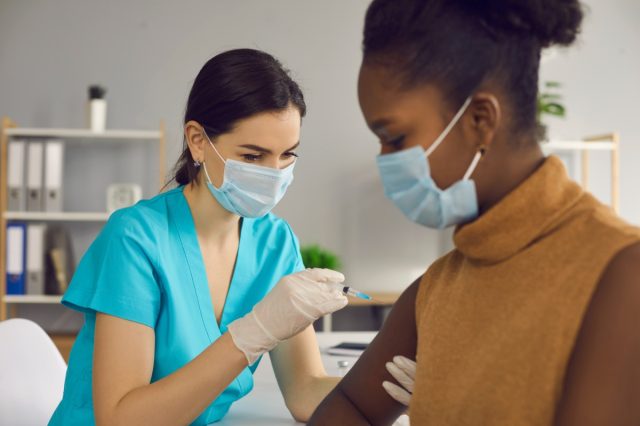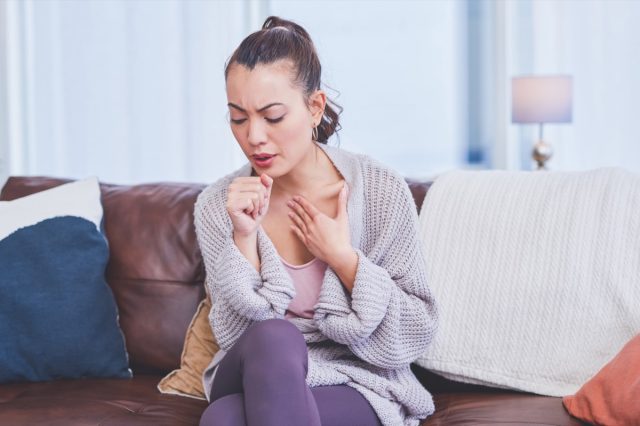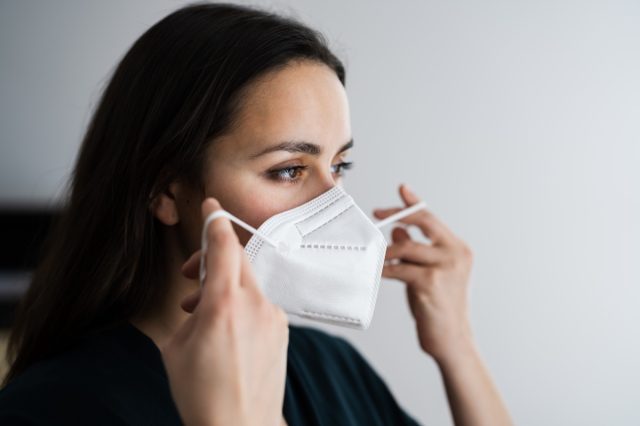The current dominant COVID variant “BA.2 is more transmissible but not nearly as virulent as many predecessor variants, such as Delta or Omicron,” according to Ezell Askew, MD, a medical specialist for VIP StarNetwork. “This new subvariant was responsible for a record increase in hospitalizations, consistent with this high transmissibility, hence the reason for these COVID-19 spikes. A new subvariant also comes with new symptoms, as well as similar ones.” How to they appear? Read on to find out more—and to ensure your health and the health of others, don’t miss these Sure Signs You’ve Already Had COVID.


“If you are vaccinated, young, and do not have any medical conditions, your symptoms could range from no symptoms to flu-like symptoms,” says Dr. Emil Tsai. “If you were vaccinated longer than six months ago, are elderly, or have an underlying medical condition, your symptoms could be much more severe.”


“Since it tends to cause respiratory illness, new onset fever, cough, cold, runny nose, loss of taste, smell are common symptoms,” says Rajnish Jaiswal, Associate Chief, Emergency Medicine Health & Hospital Corporation. “Some patients also experience prominent gastrointestinal symptoms like nausea, vomiting, and diarrhea.”
RELATED: How an “Unhealthy” Gut Impacts Your Health, According to Experts


“The symptoms and the order they appear can differ for each infected person,” says Dr. Tsao. “Half of those infected may be asymptomatic, meaning they have no symptoms, while others may have flu-like symptoms or lose their sense of taste or smell.”
RELATED: Bruce Willis ‘Is Stepping Away’ From Acting After Aphasia Diagnosis


According to Rajnish Jaiswal, “Symptoms can last from 7-14 days though there are cases where patients have been symptomatic for months.”
RELATED: Here’s the Truth About the Virus Now, Says Former Surgeon General


Follow the fundamentals and help end this pandemic, no matter where you live—get vaccinated ASAP; if you live in an area with low vaccination rates, wear an N95 face mask, don’t travel, social distance, avoid large crowds, don’t go indoors with people you’re not sheltering with (especially in bars), practice good hand hygiene, and to protect your life and the lives of others, don’t visit any of these 35 Places You’re Most Likely to Catch COVID.